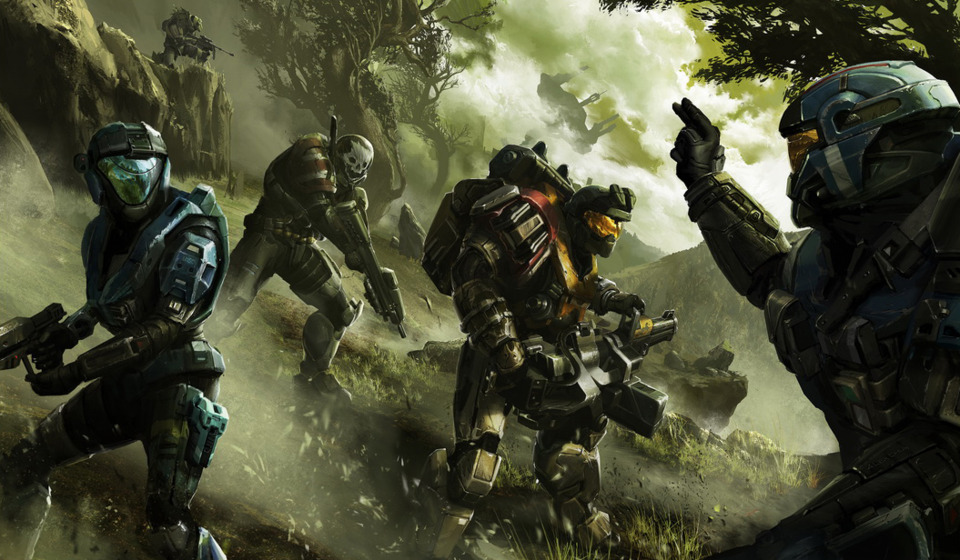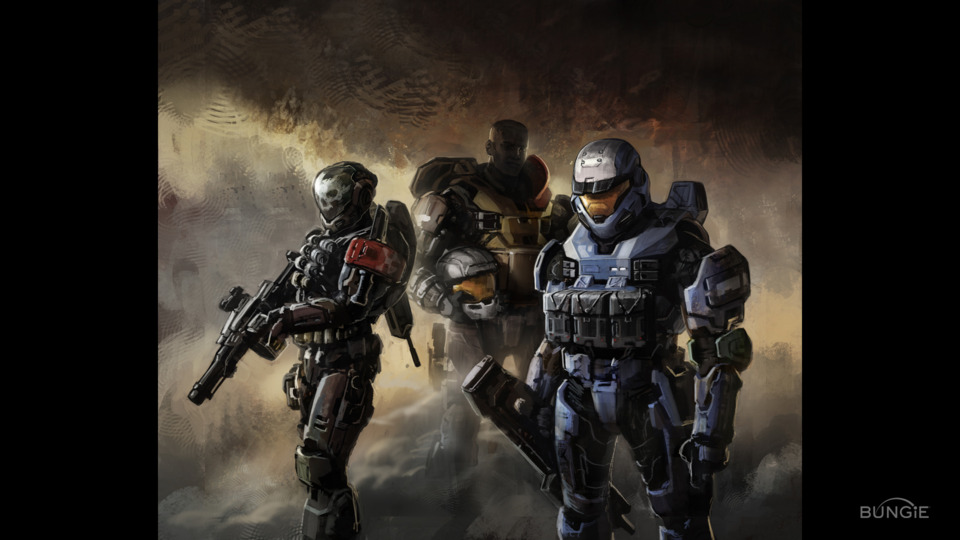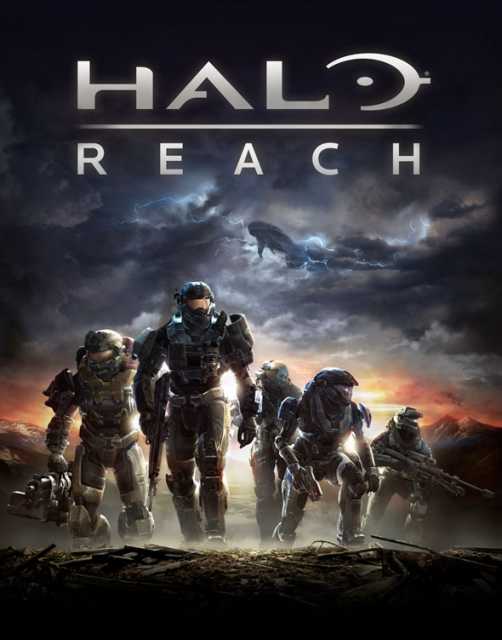Dimishing Groundhog Days
In certain latitudes, the Halo franchise is best summed up as being created with a routine. These latitudes, as Joan Didion discusses in Blue Nights seem to carry similar themes, and while the geographical landscape of each game changes, the thoughts, moods, and most importantly, set pieces, remain familiar. Remains familiar, at least, until now. Halo 4 is coming. A new foundation, a new beginning, and as again Joan Didion writes, “It is easier to see the beginnings of things, and harder to see the ends.” While I can remember waiting at the Golden Triangle Mall in Denton, Texas to pick up a copy of the limited edition of Halo: Reach, I cannot quite remember when I finally, officially, stopped. The interesting thing about video games is how they linger, as long as you hold the technology to run it, in their own confined examples like Bill Murray in Groundhog Day, living and reliving the same experience in different ways over and over again.

Halo: Reach at its beginning stunned me with its technical prowess, its compilation of previously fixed mistakes and well-tuned dedication to combat; the feel of armor lock when it collides and diffuses surrounding noises, the DMR's heavy slam of a rifle shot. Yet, months later, I felt ill at the narrative of Halo: Reach, why despite the melodramatic Lone Wolf named mission where an off-camera narrator dies fighting, I could not leave the story with a yearning resonance. It was then I thought about Halo: Reach in its latitudes, how these repeating missions seemed technically brilliant, only to be hollow in their execution, and it may leave me excited for the future.
Halo: Reach, in its characterization, presents Noble Team, a group of highly skilled SPARTAN III’s and a SPARTAN II hold over, who at first only seem to investigate a downed relay. What begins as a simple police action turns into the heralded prequel that fans read in Halo books published. The player is then fighting from vehicle reconnaissance set pieces much like previous games in the series. Unfortunately, the driving narrative behind each scene is not enough. In Halo: Combat Evolved, the Pillar of Autumn landed on the ring, and Master Chief is forming a guerilla resistance by linking up with marines scattered. In Halo 2, Master Chief is racing to chase down a metropolis-killing scarab while defending Earth against the Covenant invasion. In Halo 3, the Covenant is reaching the Ark, while Master Chief finds himself psychologically tied to Cortana, a long-standing character dichotomy. The similar latitudes in Halo: Reach simply is not heavy enough to carry the similar tropes: the dark sniper mission, the loud tank romp, the flying checkpoint landings. It made me think about the law of diminishing returns.
Instead of turning inward, and supporting its plot with what Bungie called a “seven samurai style story-telling”, the game turns outward for deus-ex-machina plot twists. Noble 6, the player, is a weak version of Nick Carroway, from The Great Gatsby, in that he offers no narrative filter, no way of personally presenting the characters of Noble Team with anything but the obvious. The obvious ways of littered visual stereotypes like Jun, the sniper, loading rounds into his clips, symbolizing him as “the sniper.” Kat's jargon filled dialogue renders her the technician, and devoid of humanity. Ironic that Jorge, after seeing so much war, is so willing to speak kindly, and speak often. Carter, the team leader, has a buzz cut. Instead of deducing certain characters as Carter and Kat or Keyes and Halsey in romantic relationships, and instead of attempting to read emotional loss as certain team members die either in grand explosions or short bursts, Noble 6 plays it straight. Fighting to retain meaning, Bungie, rather, latched on to the Forerunners, a plot device used for its previous space operas (with biblical references of Arks, Halos, and a great Flood and view Master Chief as some sort of savior and reclaimer) but now seems to integrate every game, in which they are on Earth and Reach. Cortana needing to be transported does not match the collector’s edition pamphlet that was given to explain to fans details from the games missed, because in it Master Chief and Cortana are on the Pillar of Autumn already, going through initial systems.
Noble Team and its definition as augmented soldiers, are meant to do incredible feats, and in Halo: Reach, they link up communications, push buttons, save anti-aircraft cannons, and other almost bureaucratic work that any other military force could do with enough strategic analysis and tactical synthesis. Noble Team defends a water station when the world crashes around them. Noble Team flies around New Alexandria, rescuing pockets of tired and wasted bits of soldiers. Noble Team constantly defends and holds positions of questionable merit instead of doing what they do best. While Master Chief was lighting an unconnected ring to eliminate the flood, and while an accidentally exiled orbital drop shock trooper was trying desperately to reconnect to his unit in a dark and destroyed city, Noble Team, only once, does something incredible in the mission of Long Night of Solace, and even then the game presents completely different and odd game mechanics akin to Star Fox 64 in “all-range mode.”

All of this, when Bungie hoped to emotionally fire on all cylinders with certain deaths and plot twists, just comes to a younger audience, “pressing a” and then “pressing y” to skip cut scenes. The player saves countless human lives that, metaphysically, are impossible to care about. But rather than discuss a game that could have existed, there are still Halo games coming out, and with that the hope that a new industry can undo the military-industrial complex that was the synchronous Halo technique. It seems unlikely, but as Didion put it, “We tell ourselves stories in order to live,” and Halo to me was always about a story.
